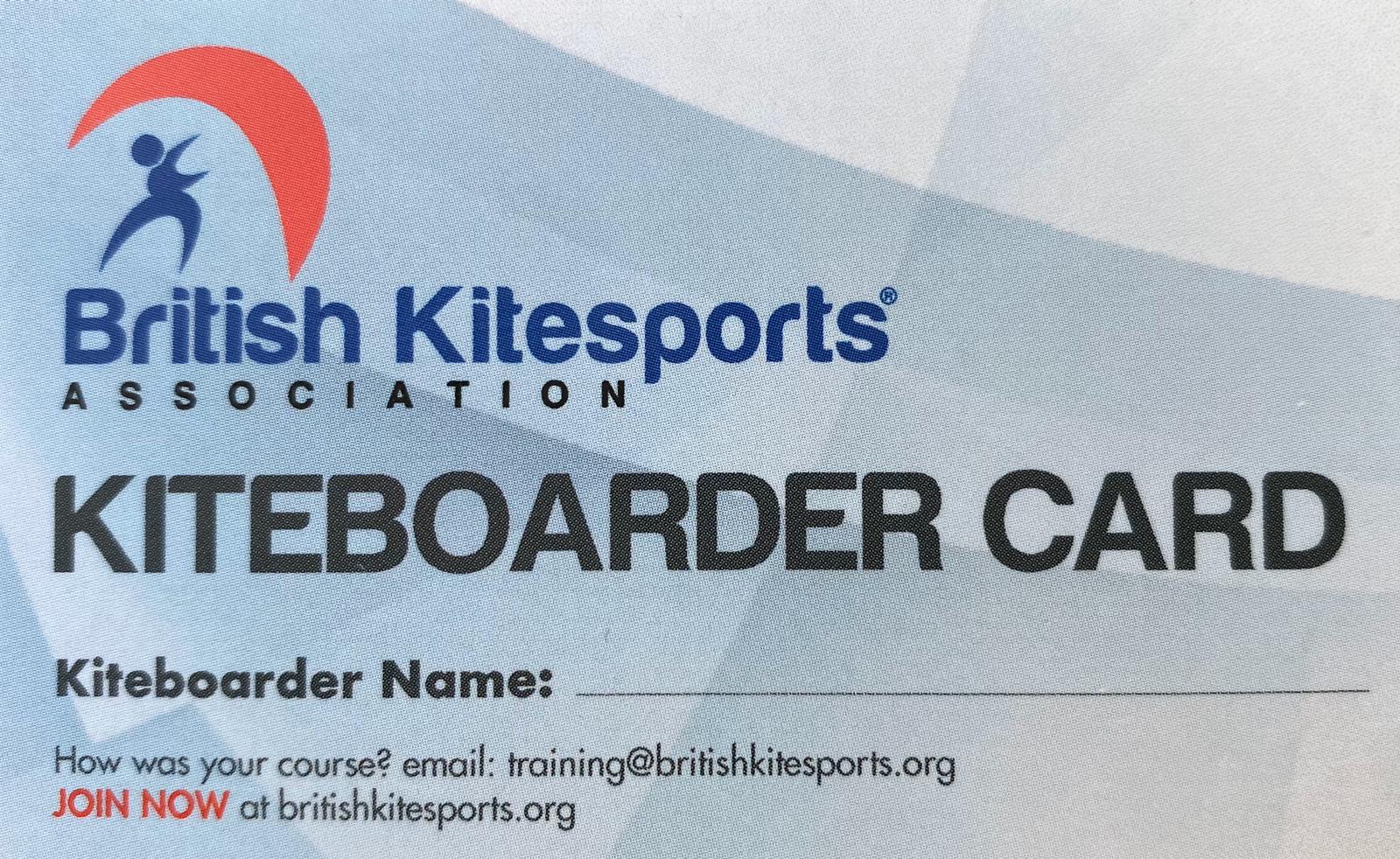Kite Landboarding & Buggy Combo

Duration: 4 hours
Cost: £89
Group Size: Up to 4 per instructor
Level: Beginners
Minimum Age: 8
Season: March – November
What To Bring: Warm, comfortable clothing that you don’t mind getting sandy. A wind / waterproof jacket. Sturdy shoes (e.g. trainers). No open-toed shoes.
Course Summary
This course offers the chance to try both kite buggying & kite landboarding. Ideal for an introductory day to these fantastic sports or as a gift idea. Get involved with two of the most exhilarating extreme sports in the world! Using a power kite, the wind and a three wheeled cart or kite landboard, speeds in excess of 50mph can be achieved. If you’re looking a fun activity you can learn in just a day, this course is for you. Kitebuggying and landboarding are much easier to learn than kitesurfing, so make a great short activity.
Course Outline

A 4 hour kitebuggy and landboard lesson will give you a chance to learn the basic kiting skills used in all kite sports, before progressing onto kitebuggying and then landboarding. You can choose whether to progress onto landboarding or hone your buggying skills even further.In the lesson, you’ll cover:
- Theory of kiting
- Powerkiting
- Kitebuggying – Runs, turns and stopping
- Landboarding – Runs, turns and stopping
Instructors can also introduce races and slalom courses for those who want to step up the adrenalin!
Part 1 – Powerkiting

The kitebuggy and landboard lesson will start with a brief introduction covering safety, site assessments and the basic theory behind kite flying. It’s then swiftly onto the fun part – learning to fly the kites on the beach! You’ll learn the different kite movements and control you need to cruise along the beach in buggies and on landboards.
These powerkiting skills are used in all kite sports – kitebuggying, landboarding, kitesurfing and hydrofoiling. The techniques you learn in the 4 hour kitebuggy and landboard lesson will transfer to each of these sports if you wanted to try them on another day.
Once you’ve mastered the kite techniques, it’s time to head into the kitebuggies to go for a ride!
Part 2 – Kitebuggying

Once you move onto the kitebuggies, you’ll be amazed at how quickly you’ll be whizzing along the beach. We’ll introduce you to the techniques to ride along, to steer and stop, all using the kite flying techniques that you learn in the first part of the lesson.
Using your kite skills and the steering of the buggy, you can choose to go as a fast or as calmly as you like. With our wide open flat sand beach, you’ve got plenty of room to practise!
You can choose to hone your kitebuggying skills with fun slalom courses and races, or if you’re wanting more or of a challenge it’s time to try out landboarding!
Part 3 – Landboarding

Once you’ve got used to the way the kite moves in the sky and how you use it to move in the buggies, you can try out landboarding.
Using a bit more balance (you’ll be stood on the landboard as opposed to sitting in the buggies), you can dive the kite and ride off along the beach on a landboard – essentially an oversized skateboard with rubber wheels.
With a mixture of steering the kite and changing your weight distribution on the board, you can cruise along and turn the board, gaining speed or slowing down as you do. We can even introduce slalom courses to increase the challenge!
Part 4 – Debrief
The lesson ends with a short debrief session where the instructor will go through with you what you’ve managed to achieve during the session, any tips for continuing on with further lessons and recommendations for kit you may want to purchase or hire. The instructor can also answer any questions you may have.
Our Students on Instagram
Check out some of the photos of students and customers who have visited us recently!
[elfsight_instagram_feed id=”2″]Please note that the activities listed above are aims for the course and that the outline of the day may be adapted by the instructor in line with conditions on the day and the ability of all students in the group. All decisions made by the instructor are done so with the safety of the group as the main priority.




